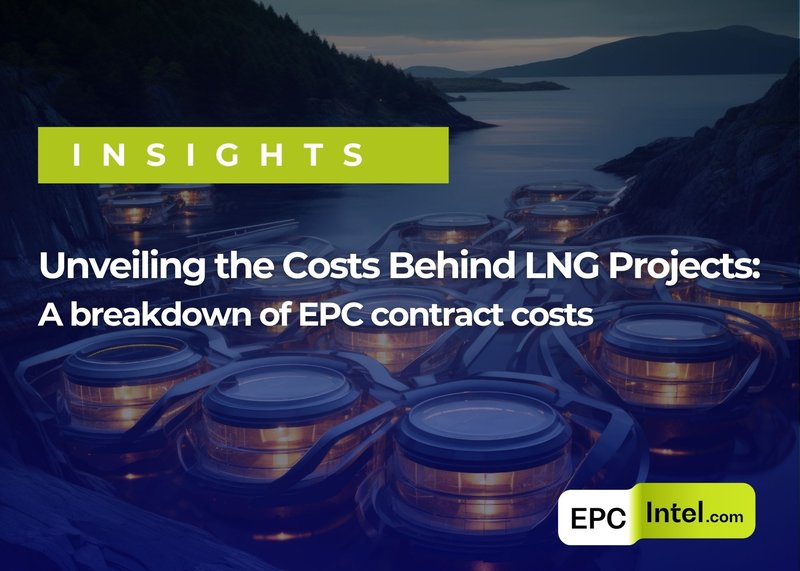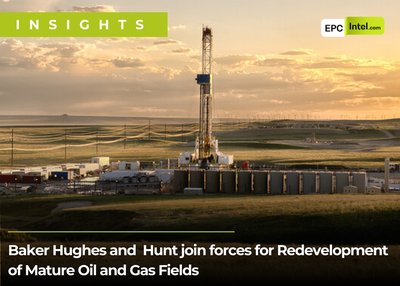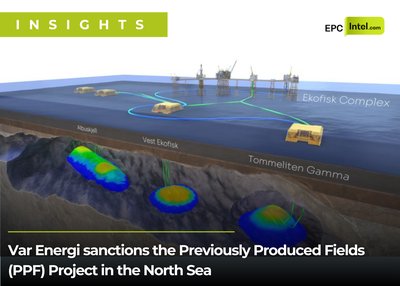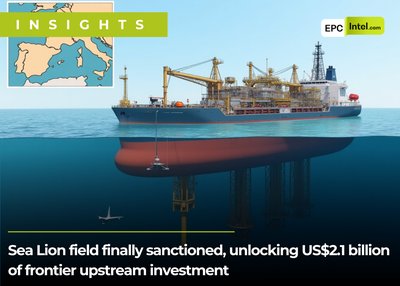Ever thought about the massive investments that go into making LNG (Liquefied Natural Gas) projects a reality? Understanding the cost structure is crucial for anyone interested in the energy sector. In this Insight, we’ll break down the EPC (Engineering, Procurement, and Construction) contract costs associated with each element of an LNG project, shedding light on where the money goes from concept to completion.
The EPC Contract: A Financial Backbone
An EPC contract is not just a technical roadmap; it’s a financial blueprint that outlines the costs of engineering, procuring materials, and constructing the facilities. These contracts are comprehensive, often encompassing billions of dollars, and they allocate funds across various project components.
Cost Breakdown by Project Phase
Let’s dive into the major cost centers within the upstream, midstream, and downstream phases of an LNG project.
1. Upstream Costs
a. Exploration and Drilling
-
Seismic Surveys and Studies: These initial steps can account for 5-10% of upstream costs. Advanced technology and specialized equipment drive these expenses.
-
Drilling Wells: Drilling operations are capital-intensive, often comprising 30-40% of upstream costs. Offshore drilling tends to be more expensive than onshore due to logistical complexities.
b. Gas Extraction and Initial Processing
-
Production Facilities: Building wellheads and extraction equipment can take up 20-30% of upstream costs.
-
Field Compression Stations: These facilities account for another 10-15%, ensuring the gas is pressurized for transport.
Total Upstream Costs: Typically, the upstream phase consumes about 20-30% of the total EPC contract value.
2. Midstream Costs
a. Gas Processing and Treatment
-
Processing Plants: Removing impurities and extracting NGLs can represent 15-20% of midstream costs.
-
Compression Equipment: Essential for preparing gas for liquefaction, this can be 10-15% of midstream expenses.
b. Liquefaction Plant
-
Liquefaction Trains: The heart of the midstream phase, these can account for 40-50% of midstream costs. The number of trains and their capacities significantly influence the price.
-
Refrigeration Systems: Critical for cooling the gas, these systems can be 15-20% of midstream costs.
c. Storage Facilities
-
Cryogenic Tanks: Specialized storage can take up 10-15% of the midstream budget due to the advanced materials and engineering required.
-
Boil-off Gas Systems: Managing vaporized gas adds another 5% to costs.
d. Loading and Export Facilities
-
Marine Terminals: Building jetties and berths can be 10-15% of midstream costs.
-
Loading Equipment: Loading arms and metering systems might account for an additional 5-10%.
e. Transportation
- LNG Carriers: While often not included in EPC contracts (as they’re usually owned by shipping companies), if they are part of the project, they represent a significant investment—each carrier can cost $200-300 million.
Total Midstream Costs: The midstream phase is the most capital-intensive, consuming about 50-60% of the total EPC contract value.
3. Downstream Costs
a. Regasification Terminal
-
Unloading Facilities: These can make up 15-20% of downstream costs.
-
Storage Tanks: Similar to midstream, these tanks can be 20-25% due to their specialized nature.
-
Vaporization Units: Equipment to regasify LNG accounts for 25-30%.
b. Pipeline Distribution
-
Pipeline Networks: Laying down extensive pipelines can consume 20-30% of downstream costs.
-
Compressor Stations: These facilities might account for 10-15%.
Total Downstream Costs: Downstream activities generally represent about 10-20% of the total EPC contract value.
Factors Influencing EPC Costs
Understanding the percentages is helpful, but several factors can cause these costs to fluctuate.
1. Location and Site Conditions
-
Remote Areas: Projects in inaccessible regions incur higher logistics and labor costs.
-
Geopolitical Risks: Regions with political instability may require additional security measures, increasing costs.
2. Scale and Capacity
-
Project Size: Larger projects benefit from economies of scale but require more upfront investment.
-
Number of Trains: More liquefaction trains mean higher costs but increased capacity.
3. Technology Choices
-
Advanced Technologies: Opting for cutting-edge solutions can improve efficiency but at a higher initial cost.
-
Environmental Controls: Implementing eco-friendly technologies may increase costs but are crucial for compliance and sustainability.
4. Market Conditions
-
Material Prices: Fluctuations in the cost of steel, concrete, and specialized materials can impact budgets.
-
Labor Costs: Availability of skilled labor and wage rates in the region affect overall expenses.
Typical Cost Ranges
While costs can vary widely, here are some ballpark figures based on industry data:
-
Total EPC Cost for an LNG Project: $5 to $10 billion for a mid-sized facility with a capacity of 5 MTPA (Million Tons Per Annum).
-
Upstream Phase: $1 to $2 billion
-
Midstream Phase: $3 to $6 billion
-
Downstream Phase: $0.5 to $1.5 billion
Note: These figures are approximate and can vary based on the factors mentioned earlier.
Conclusion
The EPC contract costs for an LNG project are a mosaic of numerous components, each playing a vital role in bringing natural gas from the reservoir to the consumer. By understanding where and why these costs occur, stakeholders can make more informed decisions and better manage budgets.
Eager to explore more about LNG projects and EPC contracts? Dive deeper at EPCIntel.com for comprehensive insights and the latest industry information.




